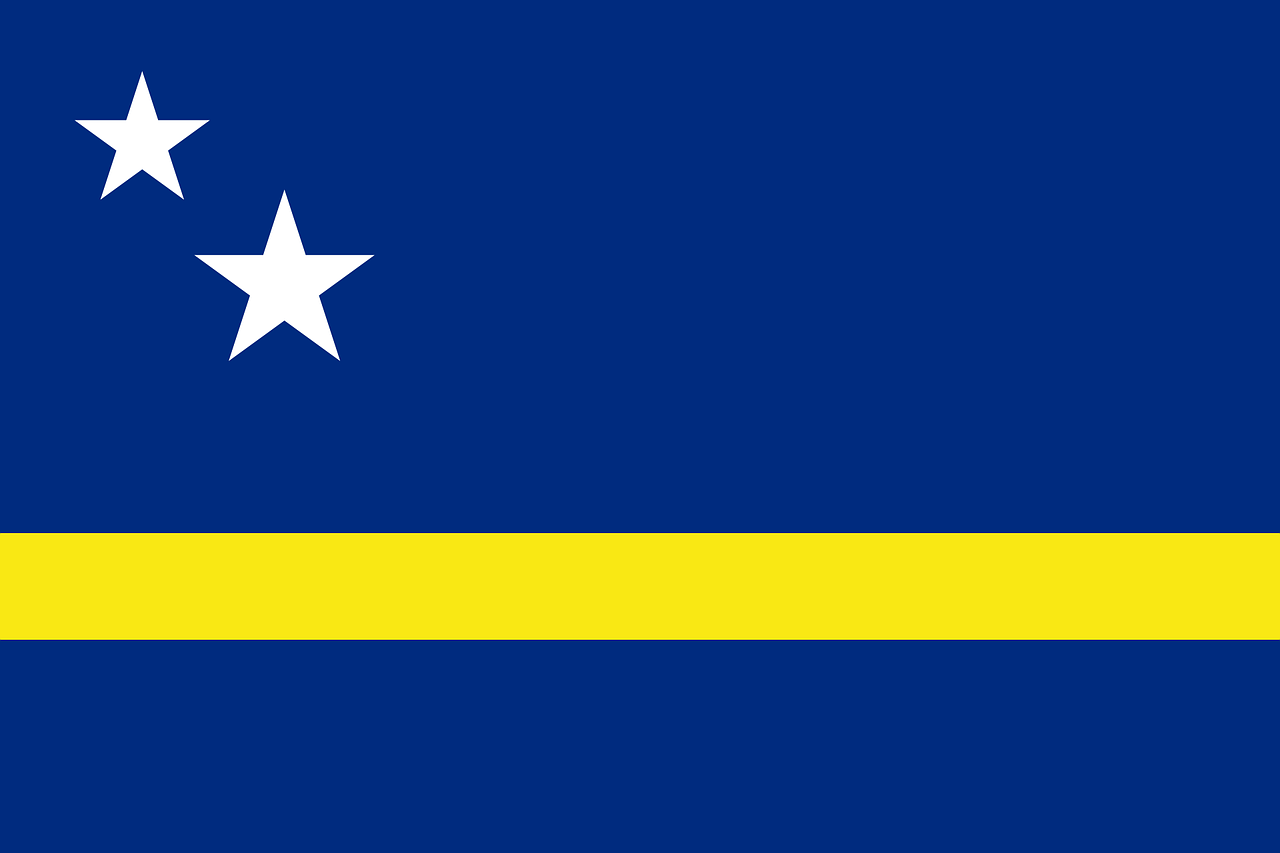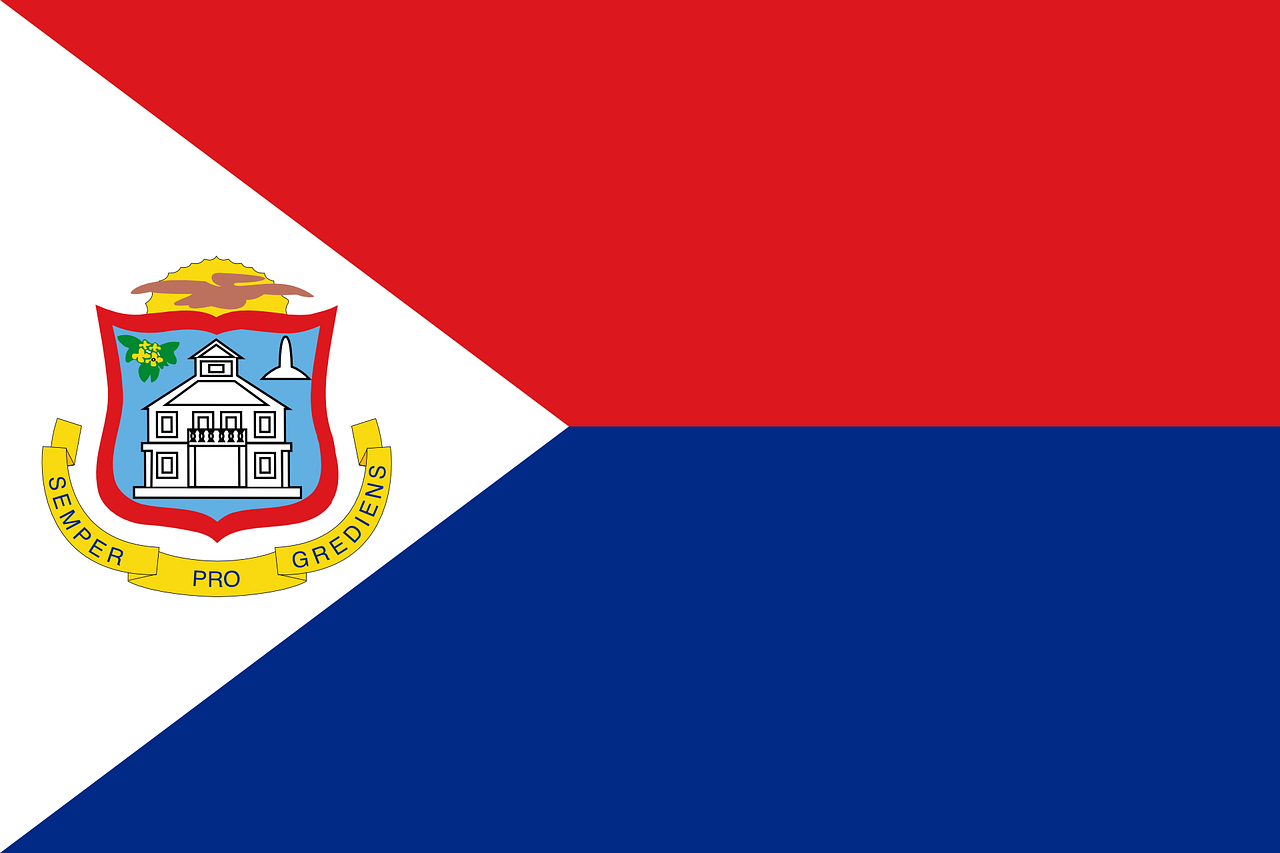Unveiling the Rich Tapestry of Dutch Flags: A Journey Through History and Beyond
Each flag waves a tale of heritage, unity, and national pride. This exploration delves deep into the fascinating world of Dutch flags, shedding light on their history, the unique flags of Dutch municipalities, and the flags representing the countries within the Kingdom of the Netherlands.
The History of the Dutch Flag
The Dutch national flag, known as the “Driekleur” (tricolor), boasts three horizontal bands of color: red at the top, white in the middle, and blue at the bottom. But did you know the red band originally started as orange? The flag’s evolution is as colorful as its stripes, deeply entwined with the Netherlands’ struggle for independence and its journey as a maritime power.

Origins and Evolution
The design of the Dutch national flag was significantly influenced by a series of historical events that highlight the Netherlands’ quest for independence and identity. Initially, during the Dutch Revolt against Spanish rule in the late 16th century, the flag that was used prominently featured the colors orange, white, and blue. This flag, known as the Prince’s Flag, was directly associated with Prince William of Orange, who was a central figure in the struggle for Dutch independence. The choice of orange was symbolic of the Prince of Orange, while the white and blue likely represented the traditional colors of the provinces of Zeeland and Holland.
As the 17th century progressed, the orange stripe was gradually replaced by red. This change has been attributed to several factors, including the red dye’s superior visibility at sea, which was crucial for the Dutch as a burgeoning naval power. Additionally, political shifts within the House of Nassau and the practical considerations of dye availability and durability may have influenced this transition. The official adoption of the red, white, and blue tricolor solidified during the Dutch Golden Age, a period when the Netherlands emerged as a major maritime and economic power. This flag has since become a potent symbol of Dutch independence, national pride, and unity.
Municipality Flags: A Mosaic of Local Identity
Each of the Netherlands’ municipalities waves its flag, a vibrant mosaic that paints a picture of the country’s local identities, histories, and values. From the bustling streets of Amsterdam to the tranquil lanes of small villages, these flags offer a glimpse into the diverse tapestry that makes up the Dutch nation.
Amsterdam: A Flag with a Tale
Take, for instance, the flag of Amsterdam, with its three Saint Andrew’s Crosses, a symbol shrouded in mystery and interpretations. Some say they represent the three threats to the city: flood, fire, and pestilence, while others see them as tributes to the city’s maritime history.

Beyond the Capital
Beyond Amsterdam, each municipality’s flag tells its own story, whether it’s the lion of Rotterdam symbolizing strength and resilience or the intricate designs of Maastricht reflecting its ancient heritage. These flags not only signify local pride but also celebrate the unique contributions of each region to the Dutch mosaic.
Flags of the Kingdom: Unity in Diversity
The Kingdom of the Netherlands extends beyond its European borders, encompassing countries and territories across the globe. Each member of the Kingdom – Aruba, Curaçao, Sint Maarten, and the Netherlands itself – flies a flag that represents its identity while symbolizing the unity and diversity of the Kingdom.
Aruba: A Reflection of Its Landscape and Heritage
Aruba’s flag features a sea of light blue, signifying the tranquil waters that surround the island, with a star of yellow, red, and white, embodying its sandy beaches, its blood for liberty, and peace and liberty, respectively.

Curaçao: A Bridge Between Continents
Curaçao’s flag captures its azure seas, the bright yellow sun, and the heart of its people with two stars representing Curaçao and Klein Curaçao, a nod to its community and its hope for a bright future.

Sint Maarten: A Symbol of Its Resilience
The flag of Sint Maarten, with its red, white, and blue, mirrors the Dutch tricolor, while the coat of arms and the motto “Semper Progrediens” (Always Progressing) reflect the island’s resilience and forward-looking spirit.

As expats venture into the Netherlands, understanding the profound symbolism and stories behind these flags can deepen their connection to their new home. Flags are not just symbols of nationality; they are woven into the fabric of the country’s culture, history, and identity. They stand as a testament to the Netherlands’ journey through time, its unity in diversity, and its enduring spirit.